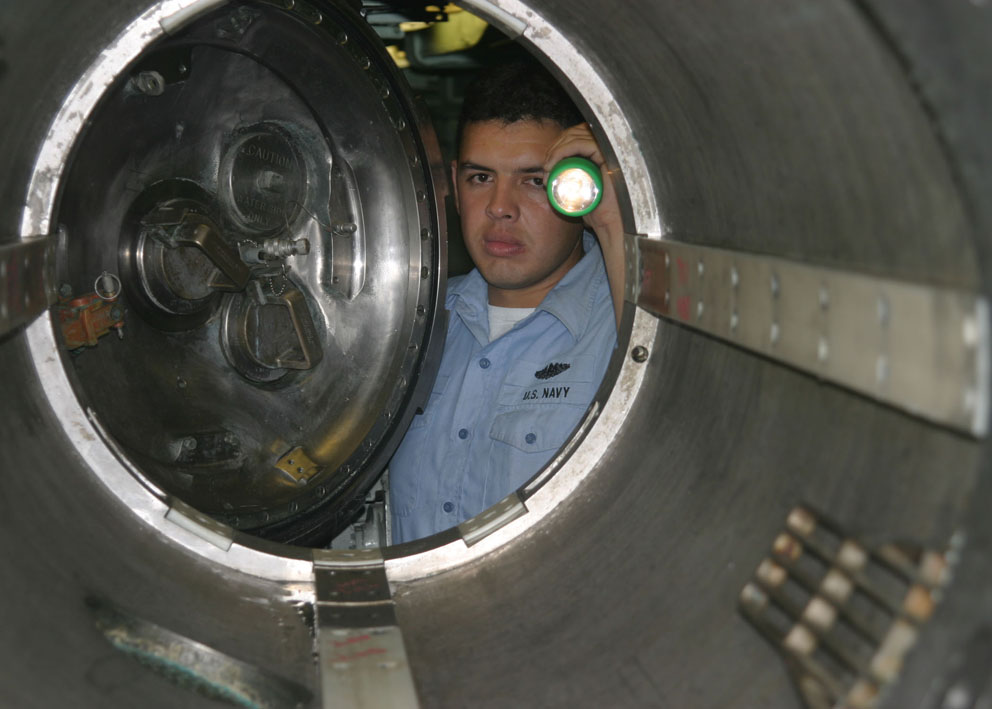Visual inspection is used to determine the condition of assets of all types. In general terms, we can define two general types of applications: the reading of parameters and the evaluation of the condition from inspection guidelines.
Parameter reading:
We use the parameter reading for the field data collection. That is, process parameters that can indicate the operating conditions of an asset, for example, pressure, temperature, current, flow, etc.
Inspection guidelines:
It is the detection of abnormalities of the asset through the detection of failures such as:
- Quantity: Number of items present or missing, for example, bolts in a housing.
- Size: reduction, increase, or confirmation of dimensions.
- Shape or configuration: shape or deformation of bodies or elements.
- Surface finish: smooth, rough, polished, rectified, loss of paint, dirt, corrosion, or deformation.
- Color characteristics: for example, the color of the oil as it ages.
- Presence of surface discontinuities: fractures, scratches, cracks, etc.
- Abnormal noise: rubbing, gas or liquid leakage, high vibration, etc.

